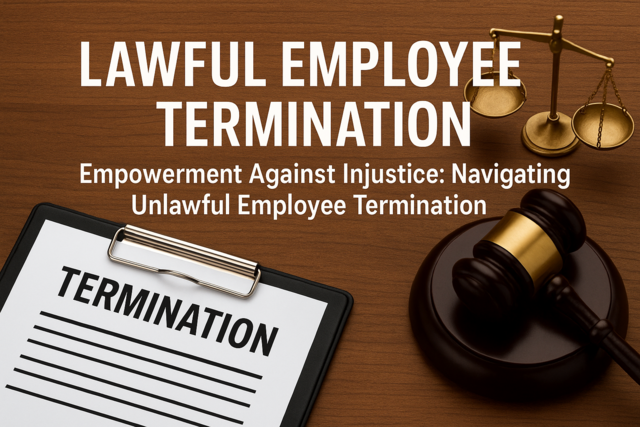How to Write Effective Policies and Procedures
Master Clarity: Craft Policies and Procedures that Work

11 Hours average completion time
1.1 CEUs
12 Lessons
16 Exams & Assignments
248 Discussions
12 Videos
24 Reference Files
131 Articles
Mobile Friendly
Last Updated December 2025
Embark on a journey to master the art of crafting comprehensive policy and procedure manuals with our engaging course designed for any business size. Whether you're steering a burgeoning startup or managing a sprawling corporation, the creation of a detailed manual not only streamlines operations but also fortifies your organizational structure.
This course delves into the essence of what makes a policy and procedure manual indispensable. From fostering uniform employee behavior to setting clear operational standards, a well-devised manual acts as your company's backbone, ensuring consistency and clarity in everyday operations. It provides vital tools for employee training, decision-making, and even legal protection against potential disputes.
Learn to articulate your company's goals through effective policies that reflect your corporate culture and operational needs. Understand the nuances between policies, which outline what your team should do, and procedures, detailing precisely how those tasks should be completed. Through expert guidance, discover how to communicate these elements effectively, ensuring they are easily accessible and understandable to all employees.
This course will not only teach you how to draft the manual but also to think critically about its structure, content, and presentation. Transform what is often perceived as a mundane document into an empowering tool that enhances corporate governance and employee satisfaction.
By the end of this course, you will have the skills to create a manual that not only meets current legal standards but also aligns with your company's mission and growth objectives. Prepare to see your policy and procedure manual as a living document, one that evolves with your business and continues to guide it towards efficiency and success.
- Craft comprehensive policy manuals
- Ensure clear policy communication
- Boost collaborative policy creation
- Promote team engagement
- Guide effective policy revisions
- Maintain a dynamic living document
- Utilize concise
- impactful writing
- Enhance legal compliance
- Align policies with corporate values
- Draft policies for legal protection
- Streamline company operations
- Develop accessible policies for employees
-

Business Coaching
-

Marketing 101
-

Creating and Managing a Non-Profit Organization
-

Mastering Conversation Skills
-

General Receptionist
-

Financial Analysis 101: Planning and Control
-

Sustainable Development for Business
-

How to Write Case Studies
-

Advertising Copywriter
-

The Art of Setting Goals
-

Developing Great Social Skills
-

Personal Assistant 101
-

Talent Management for Business
-

Business Ethics
-

Introduction to Ethics
-

Report Writing 101
-

Management Consultant 101
-

Goal Setting for Business
-

Kaizen 101 - An Introduction
-

Ultimate Secretary Training Bundle
-

Write to Win: Secrets of Persuasive Writing
-

Teaching Grammar to ESL Students
-

Running Effective Meetings
-

Marketing Copywriter 101
-

Lawful Employee Termination
